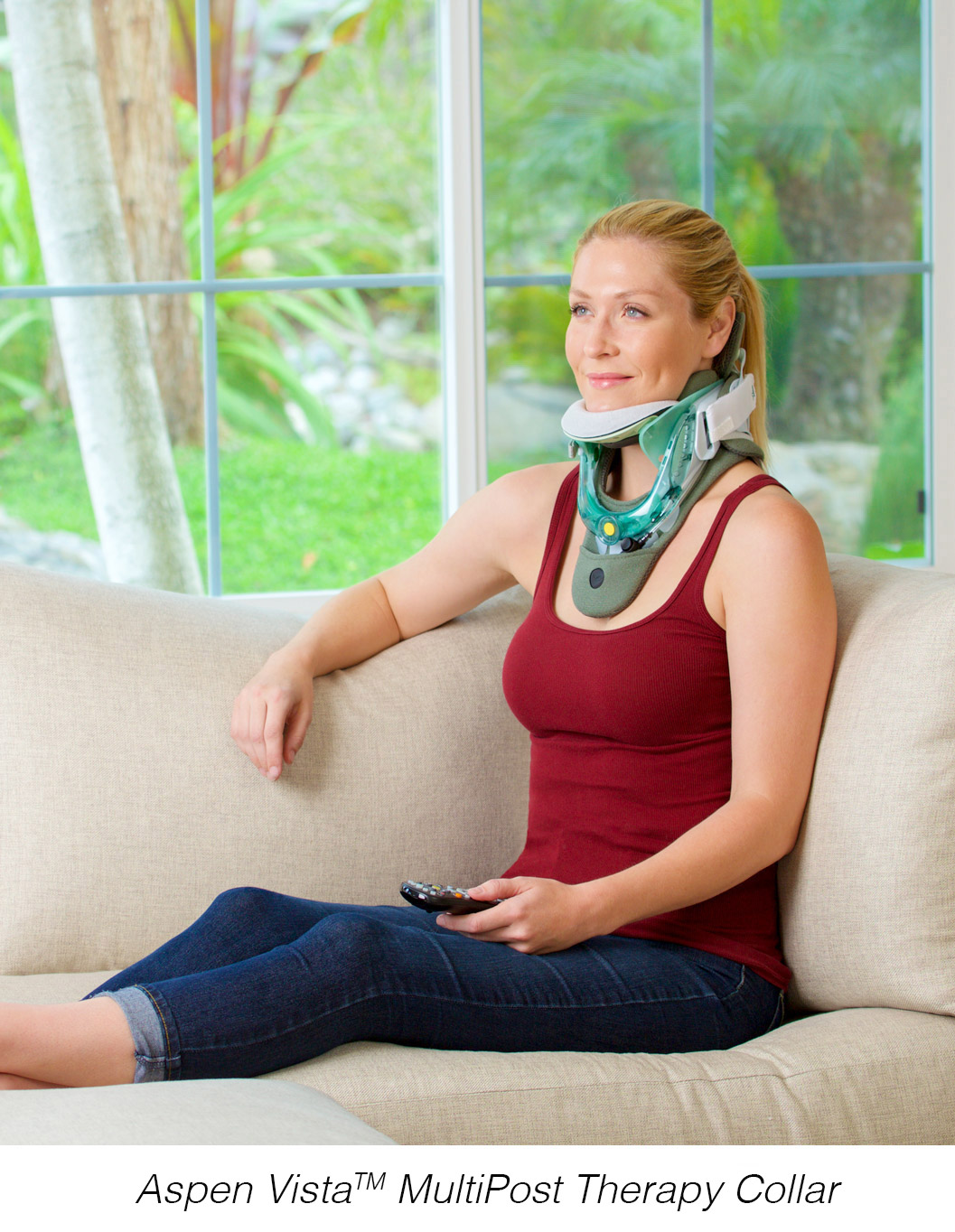While the latest round of snow and ice has many New Englanders revving up their…
Take a Tech Break, Your Neck Will Thank You

“Stop slouching! Sit up straight!” How many of us have been on the receiving end of this correction and shrugged it off, or said it to our kids only to be met with an exasperated eye roll? With technology intertwined with so many things we do, these proverbial directives have never been more relevant or important to heed. Our posture depends on it.
There is no denying our cell phones, tablets, and computers make life easier and faster, connect us, and enhance learning. The dangers of this technology are clear, too. Social isolation, privacy infringement, and screen addiction are just a few of the downsides to having constant access. While we may be less apt to think about the postural consequences of overuse, they are on the rise. Scan any public area and you will quickly spot people with their devices in hand and heads forward and down. Extended time in this position can throw us out of alignment, put undue stress on the neck and spine, and cause painful symptoms.
“Text neck” or “tech neck” are the go-to terms coined to describe symptoms resulting from this easily recognizable posture. Screen time in work, school, and recreational settings is pervasive, putting all ages at risk for discomfort and potential long-term problems. Fortunately, there is much we can do to prevent, treat, and reverse issues associated with forward head carriage.
Why Tech Neck Hurts Us
A neutral head position is the foundation for good posture. As Gavin Morrison, PT, explains, “Good posture, as it relates to the neck, is commonly considered when the ears are positioned directly above the shoulders with the chest open and shoulders back…stress on the neck is minimized because the head’s weight is naturally balanced on the cervical spine.”1
Colorado’s SpineOne illustrates that as our head moves forward and down to look at our devices, there is an exponential increase in pressure.2
With the average head weighing 10 to 12 pounds, our neck handles this weight just fine in the neutral position. Angling our head for a “quick glance” at a device increases that to 15-25 pounds of pressure on the cervical spine. When we are “engrossed in phone activity” our heads angle further down causing the cervical spine to experience upwards of 35 to 50 pounds of pressure. It is easy to see why the many hours spent on our phones or hunched over our computers become troublesome.
Long periods of time in this unnatural position misalign the spine, overstretch muscles on the back of the neck, and shorten muscles on the chest and front of the neck, all of which may lead to problematic symptoms, including:
- Head, neck, and shoulder pain
- Muscle strain
- Radiculopathy (pinched nerve)
- Neuropathy (nerve pain)
- Numbness and tingling in the upper extremities
- Disc issues
- Arthritis
- Incorrect curvature of the spine
Dean Fishman, DC, CFE, AHFI, points out that this incorrect head position has ramifications for the entire body. He writes, “As technology advances in the market of hand-held mobile devices, we need to educate the public that where the head goes, the body will follow. If a patient has FHP [forward head posture], then they will have rolled shoulders. With rolled shoulders, a concave chest can follow, and often a pelvic tuck.”3
Prevention and Intervention
Protecting our posture begins with increasing our awareness of time and body position. Purposeful changes in our use of technology will go a long way toward establishing healthier habits and a happier body.
Reduce Screen Time, Move More
While there are certainly parts of the day where technology use is important and necessary, an honest look at our routines is likely to reveal a significant amount of time when we do not have to be attached to our devices. As “tech neck” draws the attention of medical professionals, experts warn that overuse encourages a sedentary lifestyle. Not only are many of us glued to our technology, we are exercising less as a result. Setting limits on screen time and increasing physical activity will have a positive impact on our posture and overall health (not to mention it might just encourage more meaningful connections with those around us!).
Correct Your Position
The variety of devices we have at our disposal provides great freedom and flexibility in terms of where and when we are logging in. While increasing our convenience, it is not so great for our posture (i.e. think of the typical student studying on a couch or bed, hunched over a laptop). Striving for correct alignment – whether at a desk, lounging, or roaming around – is essential to preserve our posture and avoid painful symptoms.
Paying attention to the following will help lessen forward head carriage:
- Hold cell phones/tablets at eye level.
- When using a desktop computer, choose a workstation that allows you to the position the screen at eye level and a supportive chair that encourages you to sit straight rather than hunch forward. Feet should be flat on the floor, elbows comfortably at your side, and wrists flat on the table for keyboard use.
- Aim for the above position when choosing a location for working on a laptop computer.
- When long periods of time at a computer are required, consider investigating ergonomically designed chair and desk options.
Stretch Often
When long periods of device use cannot be avoided, such as in the workplace or at school, incorporating frequent breaks is vital. Focus on correcting imbalances of the neck muscles, stretching the shoulders and chest, and decompressing the spine to counteract and reduce symptoms of forward head carriage. Consulting with your health provider about stretches that will be safest and most appropriate for your body is encouraged.
Common examples include:
- Bending the neck back and looking up
- Repeating a slow, exaggerated “yes/no” nod of the head stretching through a full range of motion
- Left/right neck rotations stretching slowly through a full range of motion
- Placing the arms behind the head and squeezing the shoulder blades together
- Shoulder shrugs/rolls
- Yoga
Seek Help for Painful Symptoms

Pay attention to those aches and pains! Seeking medical intervention early on is the best strategy to address and minimize symptoms before more serious
issues develop. The field of orthotics is recognizing the growing problem of forward head carriage and responding with solutions that can be an integral part of treatment plans. Aspen’s Vista™ MultiPost Therapy Collar, for example, is worn in the comfort of home and works by repositioning the head and neck, reducing stress on the cervical spine, and relaxing the supporting muscles. Devices like the Vista™ MultiPost Therapy Collar require a prescription and are often covered by insurance.
Make Changes Together
Similar to starting a new diet or workout routine, we are likely to be more successful at modifying technology patterns if we tackle it together. As family units, classroom teams, and work partners, it is time to get serious about creating workspaces that support good posture and carving out time to stretch and get active. The health of our younger generations, especially, depends on us to model and encourage healthier habits.
Interested in learning more about the benefits of orthotic options for treating symptoms of forward head carriage? Contact our team today!
Resources
1 Morrison G. How Poor Posture Causes Neck Pain. October 2018. https://spinehealth.com.
2 The Surprising Truth About Text Neck. https://spineone.com.
3 Fishman, D. Forward Head Posture Caused by Texting Tell Your Patients: Your Body Is Sending You a Message. https://www.text-neck.com.



